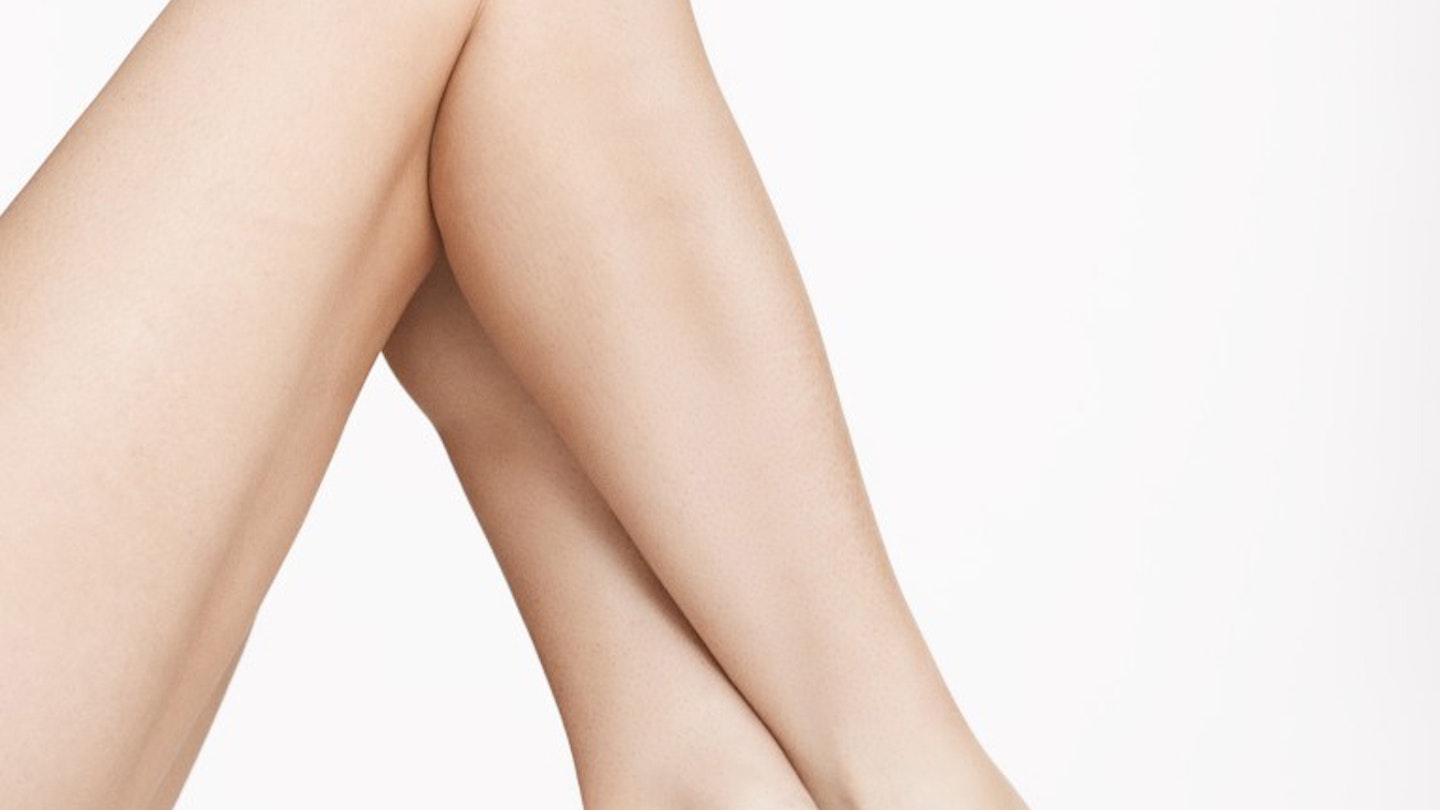Even if you’ve never spotted a varicose vein before your pregnancy, you may develop them when you’re expecting. Here’s why they appear and what can be done about them
Your legs and feet may be low on your list of concerns during pregnancy, but as you get more pregnant (and despite you gradually losing sight of your feet as your bump gets bigger), you may spot bulging, blue veins on your calves or thighs.
What are the symptoms of varicose veins?
Varicose veins are twisty bulging veins on the legs caused by an increase in the normal vein pressure, caused by your bump pressing down on veins in your pelvis.
‘They tend to get larger with time and are normally uncomfortable typically causing tired legs, itching, throbbing, restlessness and aching,’ says Dr David West, a consultant interventional radiologist and medical director of The Vein Centre.
Varicose veins are twisty bulging veins on the legs
What causes varicose veins?
Varicose veins are caused by valve failure. ‘In order for blood to be pumped around the body, we have a system of arteries and veins,’ says Dr West. ‘Arteries pump blood into your legs, and veins push blood back up towards the heart.
‘The blood is prevented from flowing backwards by a series of tiny valves that open and close to let blood through. If the valves weaken or are damaged, the blood can flow backwards and can pool in the vein, eventually causing it to be swollen and enlarged.’
People who get varicose veins tend to already have a predisposition – often hereditary – but certain factors can increase the risk of them developing including pregnancy, smoking and being overweight.
‘In pregnancy, the weight of your baby, especially in the last trimester, presses on veins in the pelvis and obstructs the movement of blood back up the body,’ says Dr West. ‘Plus, pregnancy hormones weaken tissues in the body – including valves in your veins – which makes the veins more stretchy and the valves more prone to failing.’ Haemerrhoids are a type of varicose vein, but in the rectum.
Pregnancy hormones weaken valves in your veins which makes the veins more stretchy and the valves more prone to failing
What can you do about varicose veins?
If you’ve noticed varicose veins during your pregnancy, it’s best to wait until you’ve had your baby before attempting any treatments.
‘You can be prescribed compression stockings, which can help to relieve some of the achy painful symptoms of varicose veins by supporting your legs, but can be uncomfortable, especially if the weather is hot,’ says Dr West. Put your tights or stockings on before you get out of bed in the morning, so the blood will have less of a chance to gather in your legs.
Compression stockings can help to relieve some of the achy painful symptoms of varicose veins
Try raising your legs up when you can to help blood flow back up your legs – although this tends to only provide temporary relief.
After your baby is born, the varicose veins may get slightly better, but many stay the same, and could get worse if you get pregnant again, so it’s worth looking into getting them treated.
How can you treat varicose veins?
Traditionally, varicose veins were removed through surgery. ‘The operation involved stripping the whole affected vein out of the body,’ says Dr West. This is possible because varicose veins usually affect superficial veins under the skin’s surface, rather than the deep veins within the leg which are much more important for getting blood back up to your torso, so you can survive without them.
‘The operation is painful and involves quite a long recovery period – so not ideal if you’re a busy mum,’ says Dr West. ‘This method also means there’s a high chance that the varicose veins can reappear.’
An alternative and less painful treatment is with lasers. ‘Instead of removing the vein, a glass laser fibre is inserted into it using ultrasound scanners to find the right place,’ says Dr West. ‘The heat from the laser destroys the vein wall, and because local anaesthetic is injected around the vein, it’s not painful for the patient.’
An alternative and less painful treatment is with lasers
The procedure takes 20 minutes per leg and has a much quicker recovery time. This treatment may or may not be available at your local NHS trust, so you’ll need to speak to your doctor.
See your GP if...
Your varicose vein starts to bleed. ‘As the vein swells and skin becomes thinner, trauma to the vein by knocking or catching it could make it bleed and you could lose quite a lot of blood,’ says Dr West. ‘If this happens, lie down and raise your legs up to reduce blood flow to the area and get to hospital as soon as possible so it can be treated.’
Did you have varicose veins? How did you help ease the symptoms? Let us know in the comments box below.
